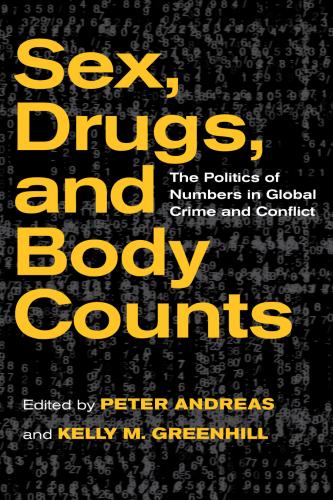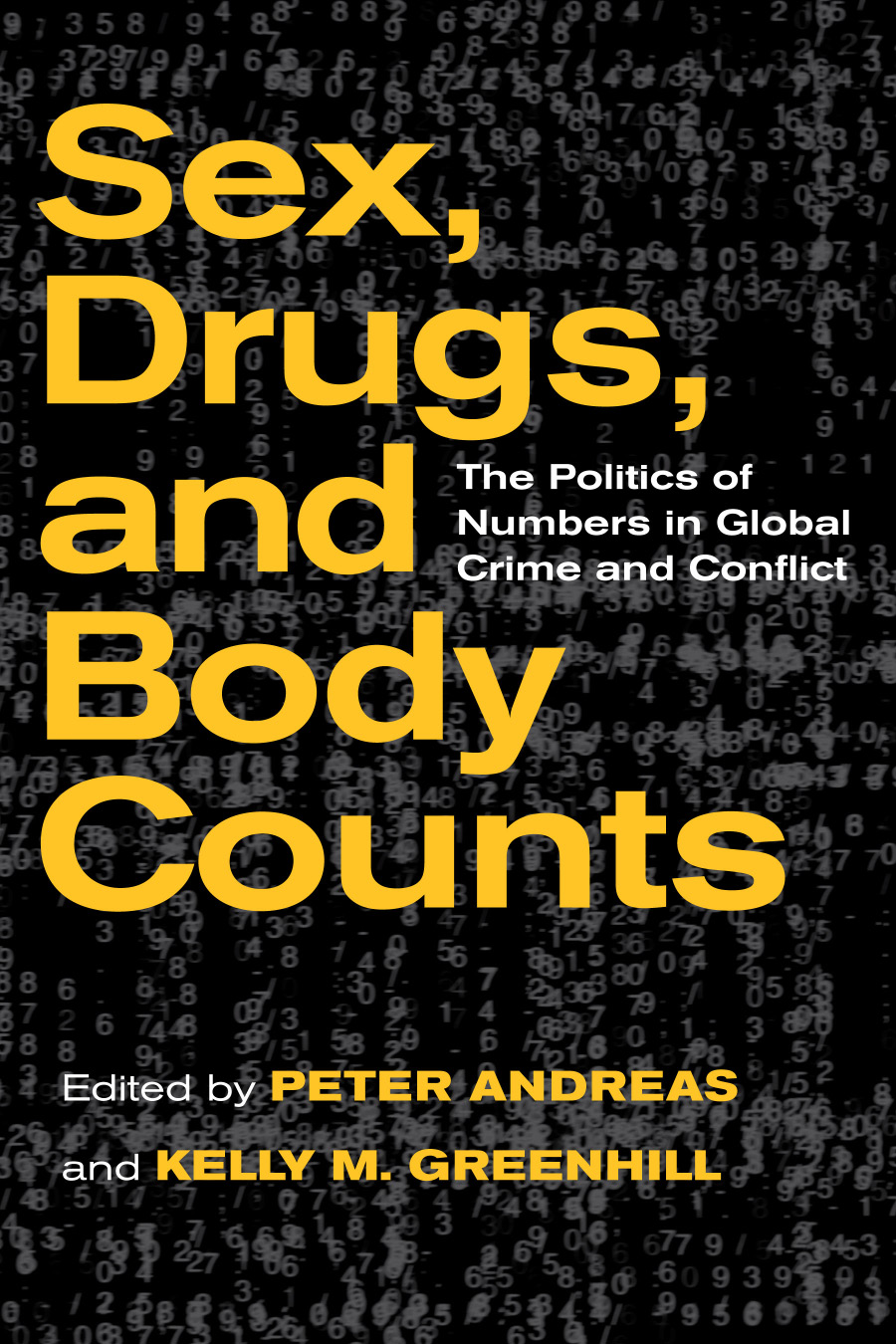 ‘Numbers, measures, and metrics profoundly influence our daily existence’, the editors of this academic volume note. And, with statistics having ‘very real and quite significant political, humanitarian, legal and scholarly consequences’, they are therefore ‘deeply political’.
‘Numbers, measures, and metrics profoundly influence our daily existence’, the editors of this academic volume note. And, with statistics having ‘very real and quite significant political, humanitarian, legal and scholarly consequences’, they are therefore ‘deeply political’.
However, considering the relative importance of numbers, the authors argue many people – and I would count myself as one of them – are ‘relatively innumerate’, and thus susceptible to being misled, or flat out lied to, through the use of statistics.
In an attempt to combat this ignorance, Sex, Drugs and Body Counts surveys the use and abuse of statistics in global crime (mainly human trafficking and illegal drugs) and conflict. Peace activists will be particularly interested in the latter, with this half of the book looking at a number of case studies including the Kosovo and Bosnian wars in the 1990s. Both, according to the analyses here, involved the inflation of the number of dead for political purposes – mainly to increase the pressure for foreign intervention.
Lara J Nettlefield explains that the generally accepted figure for the death toll in the Bosnian civil war came out of a meeting between the country’s prime minister and foreign secretary when they decided on the figure of 150,000, subsequently increased to 250,000 by the foreign secretary at a press conference. Independent analysis conducted by the Sarajevo-based Research and Documentation Center has found the death toll to be ‘only’ 100,000. The organisation and its findings have received a lot of criticism, especially from the Bosnian nationalist intellectual elite, who suddenly found their expertise and power questioned.
Other case studies provide uncomfortable reading for peace activists. Kelly M Greenhill pulls apart claims made by Campaign Against Arms Trade (CAAT) about the number of child victims of armed conflict as well as questioning whether there was a massacre in Jenin in April 2002. There are also repeated critical references to the famous 2006 Lancet survey which found approximately 655,000 Iraqis had died due to the US-UK invasion and occupation, though frustratingly no in-depth analysis of the research is presented.
Despite being US-centric and a typically dry academic read, this book provides a lot of food for thought for UK-based peace activists who wish to be credible thinkers, commentators and actors on their chosen issues of concern. As always, critical thinking is the key. So, when it comes to statistics, everyone should ask: Who produced them? Why? How? And for whom?


